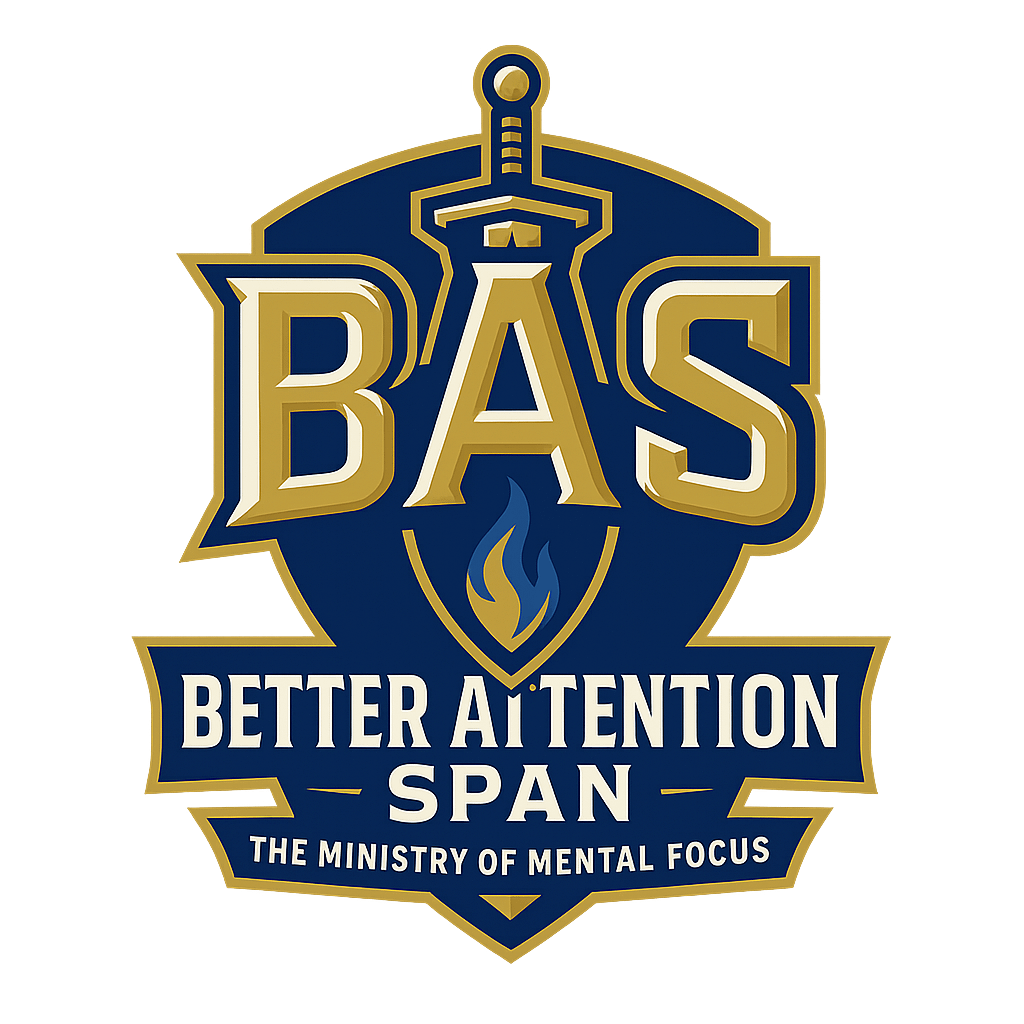The Age of Artificial Intelligence-fueled digital technology has dawned simultaneous to a corresponding global Attention Span collapse that Neuroscience blames on the digital tools and digital products that have made AI possible in the first place.
Years ago, the biggest concern educators had when it came to attention spans were rising ADHD numbers.
Today, after leaving the 2021 Global Pandemic, the world's densest tech-advanced populations are realizing a massive drop in attention span statistics.
Along with that comes a tidal rise in distraction-based, innattenion-caused concerns that will inevitably outstrip the problems casued by the growing spread of ADHD.
Let's explore how digital distraction is damaging your attention span. Further, well look at the impact of digital distraction on human attention span, facts and figures on screen time and average attention span.
We'll review addictive technology, and its impact on attention span, techniques for reducing screen time, and the role digital tech can play in improving attention span.
Finally, there's info on promoting healthy digital habits, and how to overcome addictive technology.
Understanding Digital Distraction and Disruptive Technology
Digital distraction refers to the phenomenon where an individual loses focus or concentration on a particular task due to technology or electronic devices. This distraction can be caused by various factors such as social media notifications, emails, phone calls, and text messages.
Disruptive technology, on the other hand, refers to any technology that disrupts traditional ways of doing things.
Disruptive technology can be beneficial in many ways, but it can also cause digital distraction, which can be detrimental to an individual's attention span.
The Impact of Digital Distraction on Human Attention Span.
Digital distraction has a significant impact on human attention span. The constant interruption caused by electronic devices and technology can lead to a decrease in an individual's ability to focus and retain information.
Studies have shown that the average attention span has decreased from 12 seconds in 2000 to 8 seconds in 2021, which is shorter than the attention span of a goldfish.
Keep in mind that some of these numbers are because the advertising and marketing industry tracks how easily or how difficult it is to get you to jump through the hoops they set up to snare you online.
Indeed, the entire "Attention Span of a Goldfish" debacle is not science - it's digital tech complaining about not being able to dominate your attention on the internet.
This decrease can be attributed to the constant use of electronic devices and technology in daily life, leading to a decrease in the ability to concentrate.
And it certainly doesn't help that the companies feuling the problem spend millions researching how to be even MORE disruptive to not just your Attention, but your life.
Facts and Figures: Statistics on Screen Time and Average Attention Span.
The impact of digital distraction on attention span can be seen in the statistics on screen time and average attention span.
According to a report by Common Sense Media, teenagers spend an average of 7 hours and 22 minutes on screens per day, while children aged 8 to 12 spend an average of 4 hours and 44 minutes on screens per day.
Furthermore, studies have shown that the average attention span of an adult is 8 seconds, down from 12 seconds in 2000. These statistics highlight the impact of digital distraction on human attention span.
Addictive Technology and Its Impact on Your Attention.
Psychologically and emotionally-addictive technology refers to technology that is designed to keep individuals hooked and engaged. Social media platforms and mobile games are examples of addictive technology.
The constant use of these technologies can lead to a decrease in an individual's attention span. The rush of dopamine that individuals receive from using these technologies can lead to addiction, making it difficult to disconnect from them.
Techniques for Reducing Screentime.
Reducing screen time is essential in combatting digital distraction and improving attention span.
- One technique is to set a time limit for screen time, allowing individuals to keep track of their usage.
- Another technique is to turn off notifications, reducing the constant interruption from electronic devices.
- Additionally, creating a technology-free environment during certain times of the day, such as mealtime or before bed, can help reduce screen time and promote healthy digital habits.
The Role of Digital Tech in Improving Attention Span.
While digital technology can be a source of distraction, it can also be used to improve attention span, if done so using proper rearch and an effective strategy. If not, then it falls into the category of 'Brain Games,' the claims of which Neuroscience finds suspect do to sloppy science.
If you decide to use electronic technology as brain training, focus on products that narrow in on the skill of Attention control training, but using digital technology rather than the more reliable 'Direct Method' in which you train your attention directly using Attention Training Drills.
Digital Attention Control Training involves completing tasks that require focus and concentration, and with regular practice, can lead to an improvement in attention span.
Promoting Healthy Digital Habits.
Promoting healthy digital habits is essential in combatting digital distraction and improving attention span.
One way to promote healthy digital habits is to create a technology-free environment during certain times of the day, such as mealtime or before bed.
Additionally, setting boundaries and time limits for screen time can help individuals keep track of their usage.
Encouraging physical activity and face-to-face interactions can also promote healthy digital habits.
How to Overcome Addictive Technology.
Overcoming addictive technology can be challenging, but it is possible. One technique is to set boundaries and limit the use of addictive technology.
Another technique is to replace addictive technology with healthy alternatives such as exercise or reading.
Seeking help from a professional can also be beneficial in overcoming addictive technology.
Conclusion: The Need for Balance Between Technology and Attention Span.
In conclusion, digital distraction has become a significant challenge in society, leading to a decrease in human attention span.
However, digital technology can also be used to improve attention span through attention control training.
Promoting healthy digital habits and setting boundaries for screen time can also help combat digital distraction.
The key is to find a balance between technology and attention span, allowing individuals to reap the benefits of technology while also maintaining a healthy attention span.
Keep up With the Latest Attention Control Training Content
If you're looking for the latest content on attention control training and how to improve your attention span, be sure to subscribe to our newsletter. We'll keep you up-to-date on the latest research and techniques for improving attention span and combating digital distraction.

